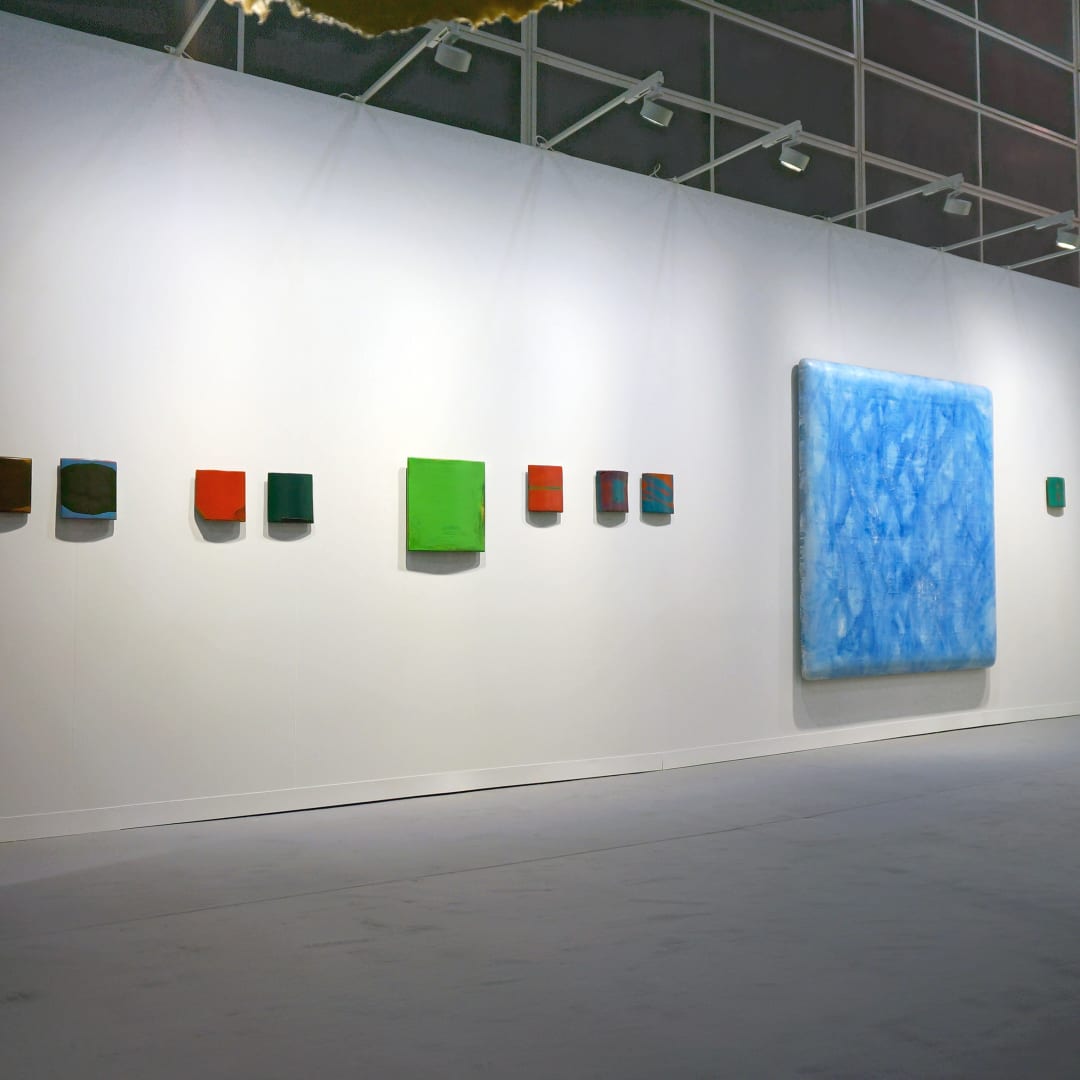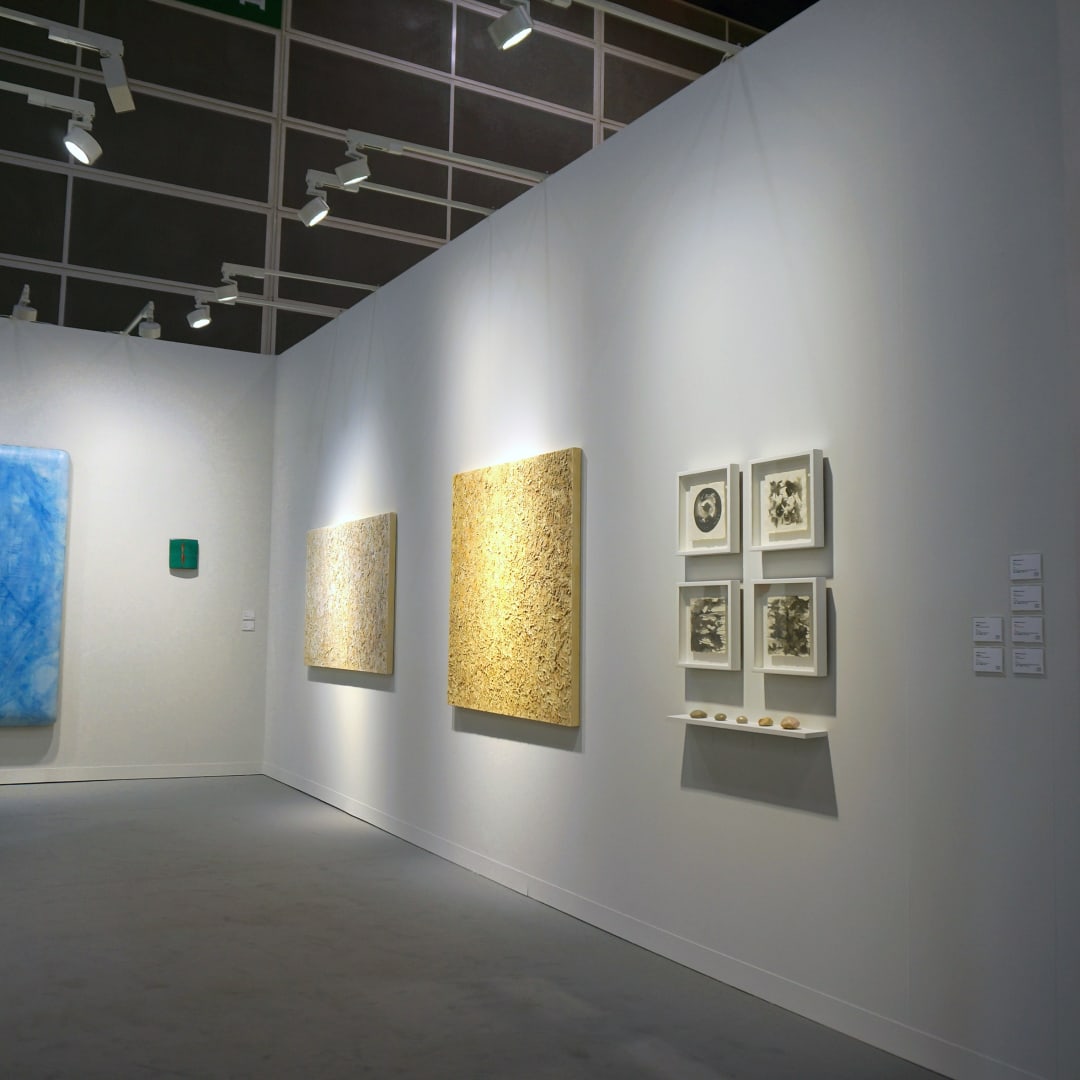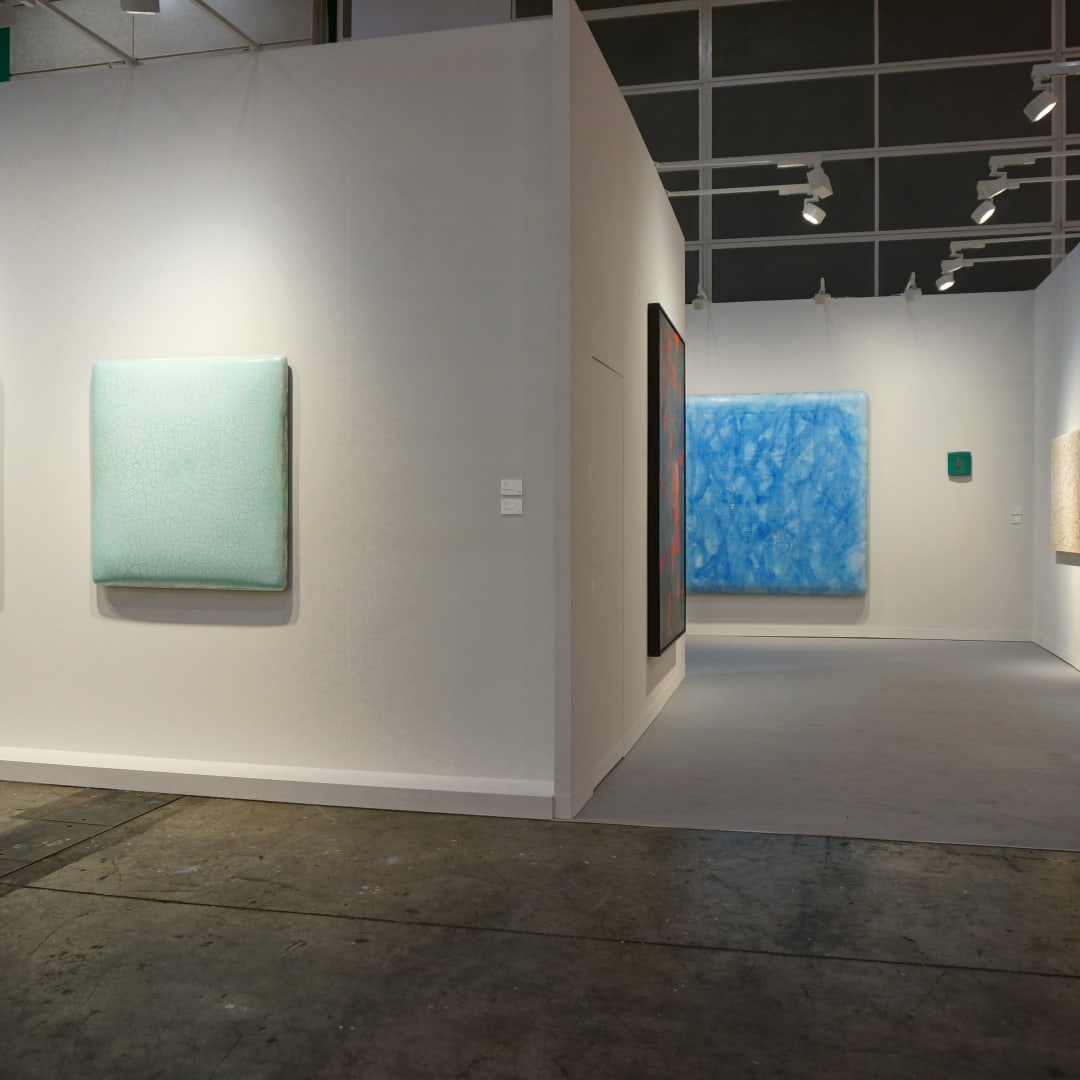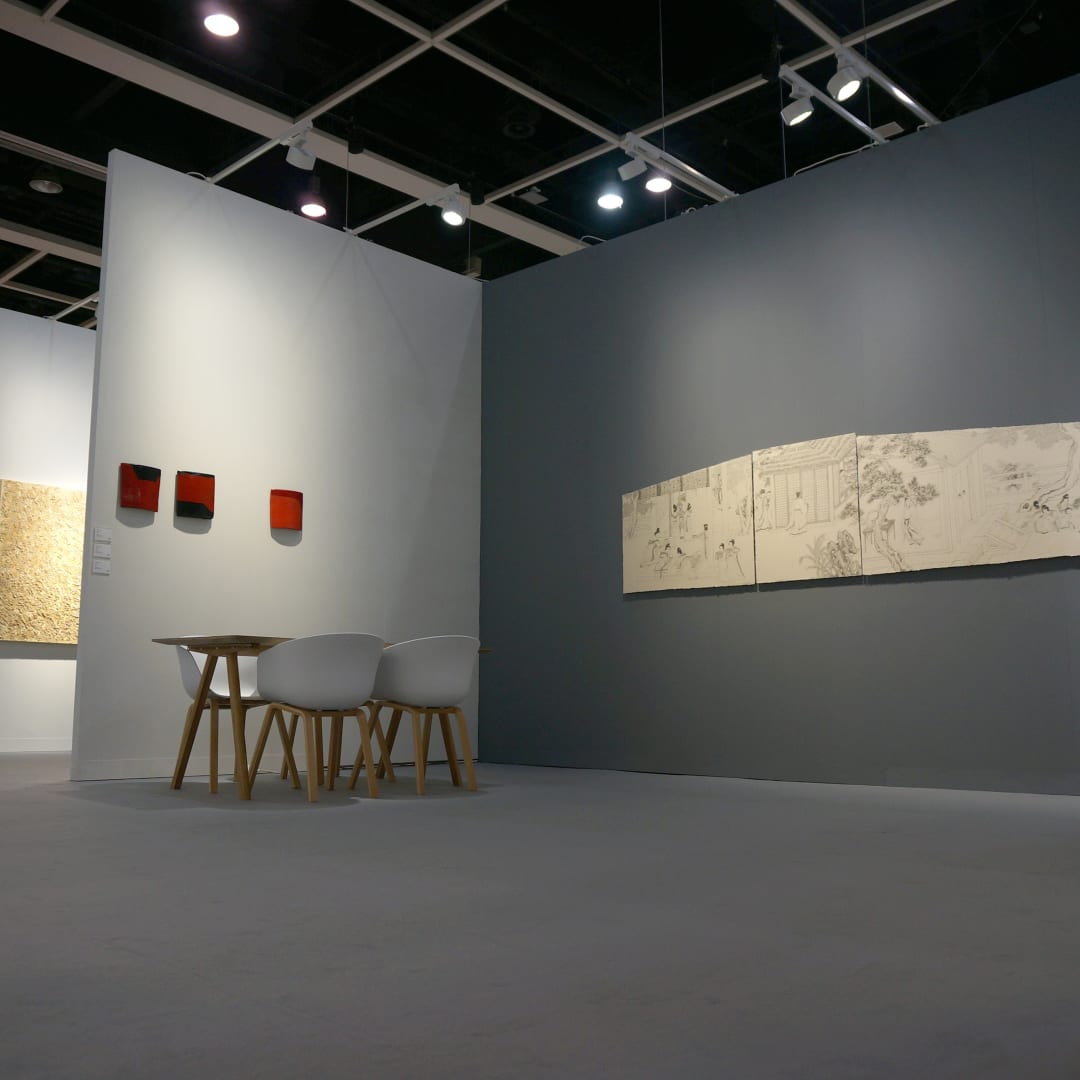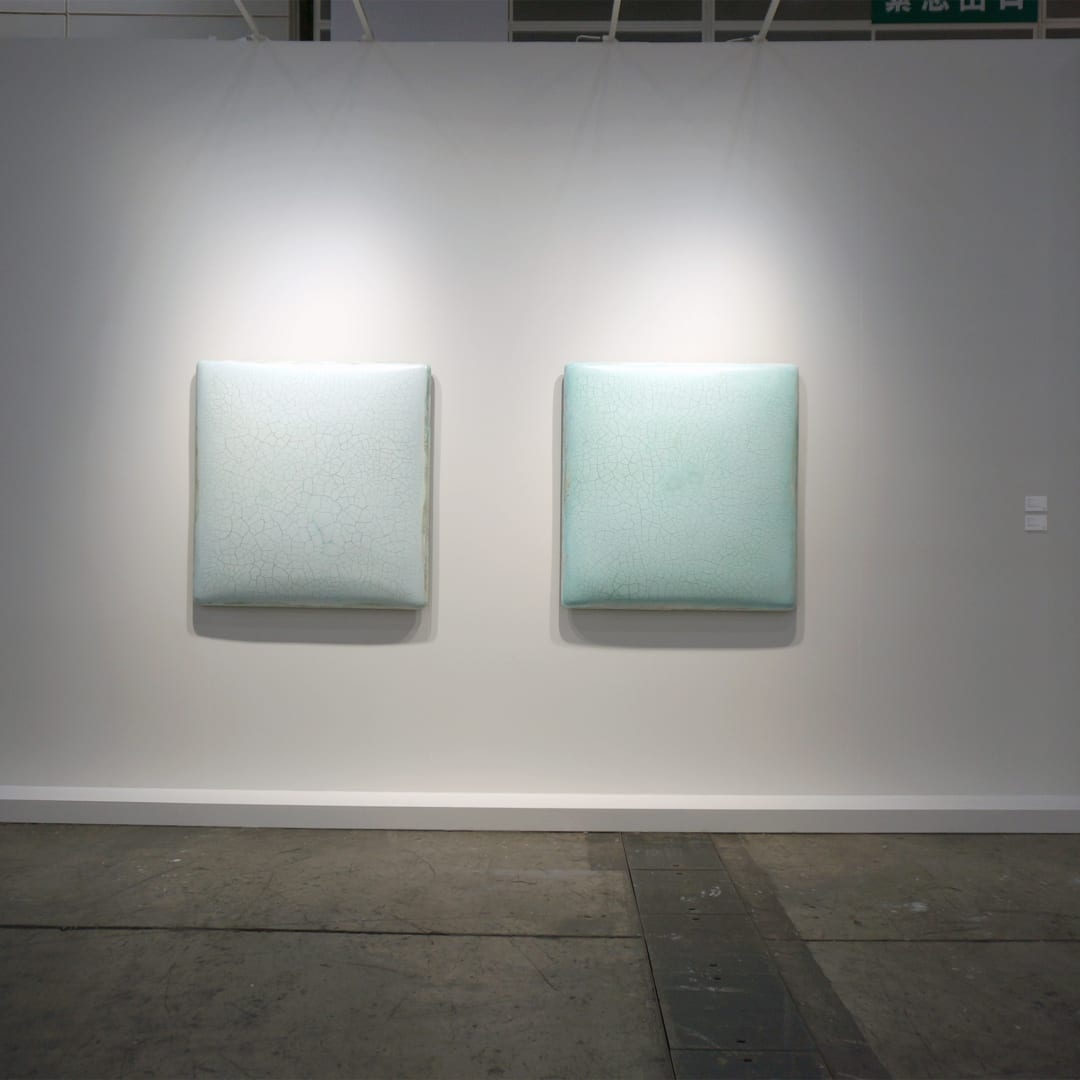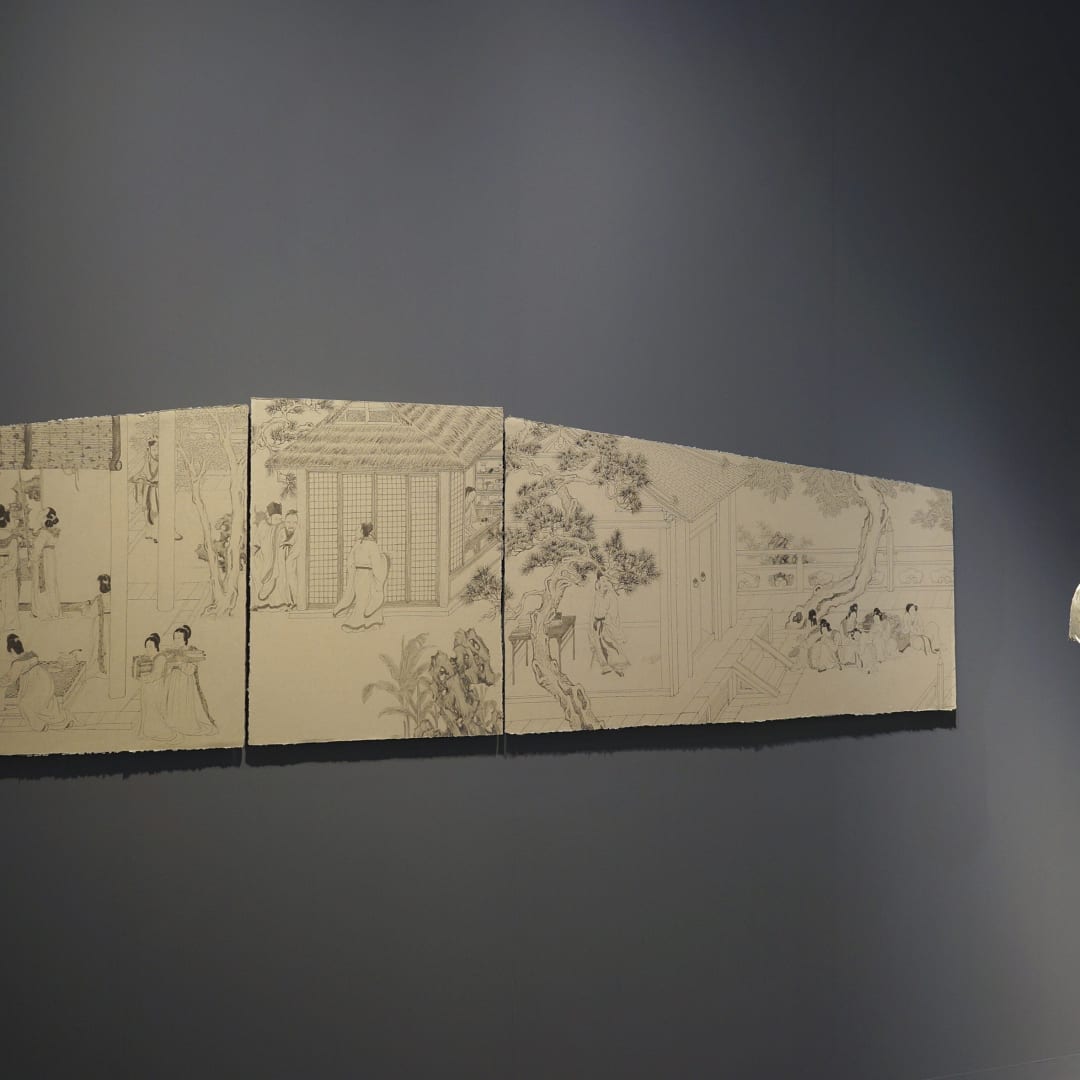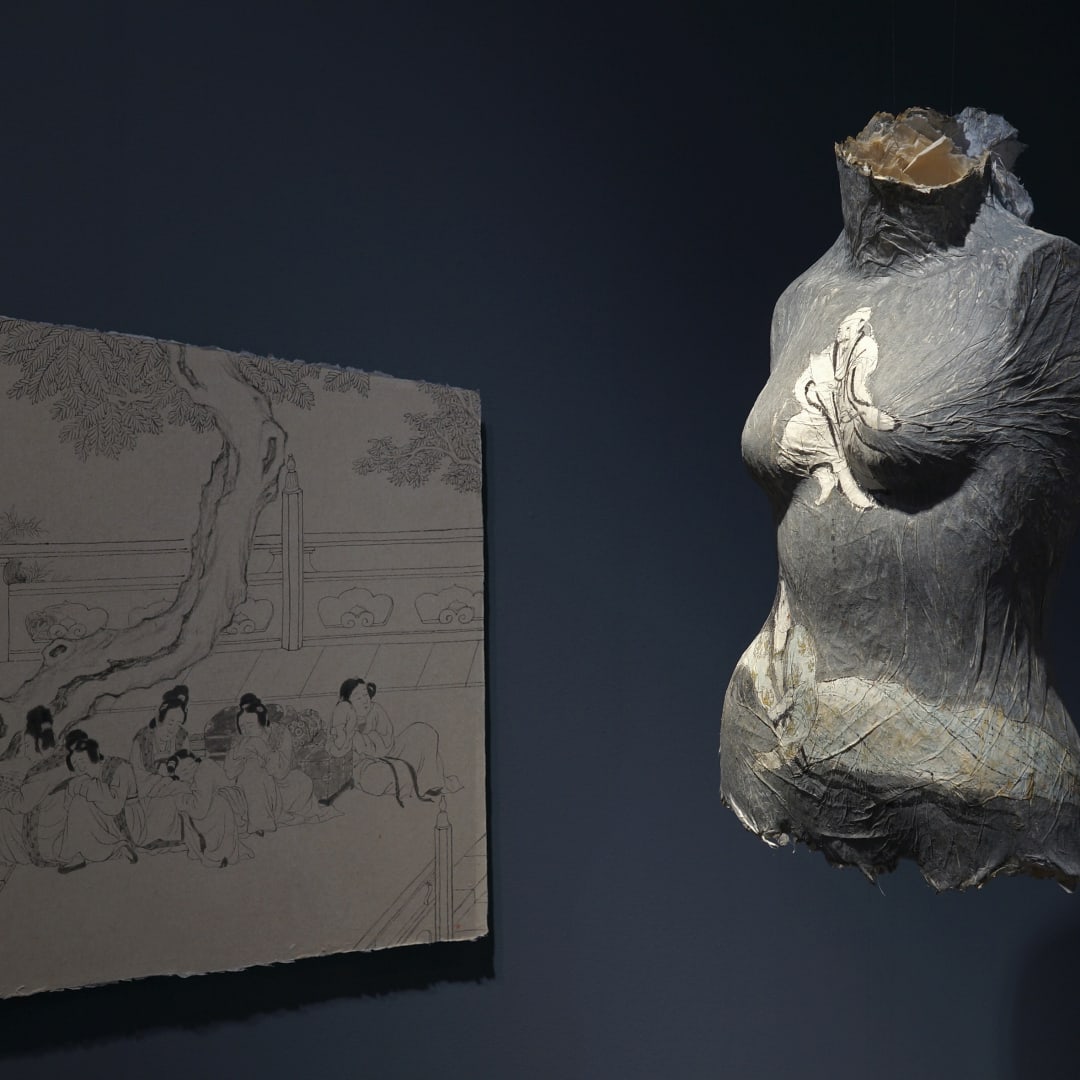Booth 3D04
Artists Wang Huiqing, Su Xiaobai, Chiang Yomei, Peng Wei
The Stranger
The rise of modern art in the Chinese world has often accompanied periods of migration and exile. Beyond an aesthetic appreciation for the accomplishments of artists who precede us, it is also necessary to engage in a reading of the issues of nostalgia and identity embedded within their work. Whether compelled by the devastation of war or in pursuit of further education, immigration or oversea studies are a catalyst for the collision and diffusion of ideas for artists in the last century. Cultural identity has become an unavoidable undercurrent in their contemplation of art. Nostalgia has become an important aesthetic for artists in pursuit of that artistic blue bird.
For this year’s Art Basel Hong Kong, Tina Keng Gallery presents the works of four artists: Wan Huaiqing, Su Xiaobai, Chiang Yomei, and Peng Wei in an exploration of aesthetics inspired by their personal journeys.
An elusive sense of unrest percolates throughout Wang Huaiqing’s work. Faced with the dominance of Western art in the 1980s, he began to reflect on Chinese traditional culture and its decline in contemporary society. By deconstructing the physical form of architecture and furniture before reconjuring it in a familiar state of being, he rebuilds the cultural value inherent in architecture in a body of work that glimmers with poise and restraint. In the end, Wang Huaiqing evinces not only a traditional visual vocabulary, but the essence of Chinese culture in home furnishings and objects.
Su Xiaobai departed for the Kunstakademie Düsseldorf in Germany in the 1980s. Spending over two decades in Germany allowed Su Xiaobai to reexamine Chinese traditional culture, and lacquer became an important medium for him. Through a complex repetitive production process that gives birth to images of simple, refined contrast, his work embodies the Daoist spirit of simplicity. Painting becomes a natural expression of cultural experience that refines historical symbols and establishes an unique artistic lexicon.
Of Chinese, Russian, and German descent, Chiang Yomei was influenced by diverse Chinese and Western cultures from a young age. Departing for the United States for further studies in the late 1970s, she subsequently settled in Germany and England. Working across such mediums as painting, writing, photography, installation, and performance, she has a significant understanding of modern art history and philosophy, as well as a deep knowledge of Buddhist thought and psychology. Her work embodies her philosophical thought and perspective on life.
Peng Wei’s oversea experiences diverge from those of the aforementioned artists. Her work explores the hometowns of the literati. Using a variety of media as vehicles for ink painting, she breaks free from the constraints of traditional brush and ink paradigms. Transforming the emotional context of classical brush and ink through the letters of contemporary thinkers and personal understanding of emotions, she breathes new life into literati painting through innovative forms of installation and the juxtaposition of text and images.


